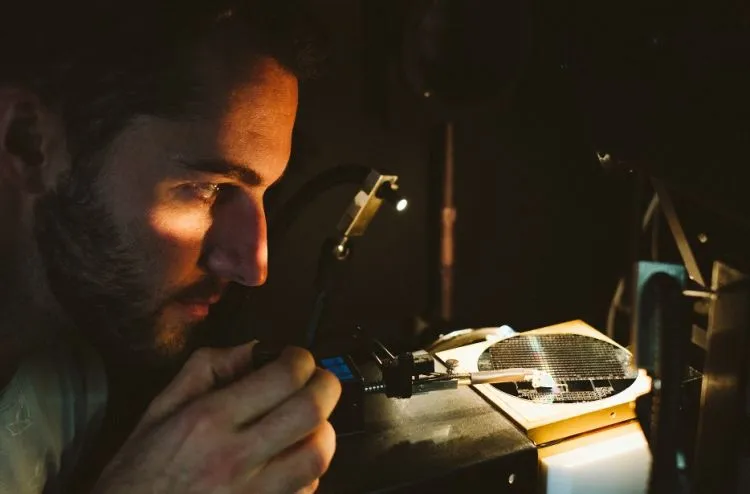JinkoSolar developing multi-junction solar cell for space and terrestrial applications
- Leading ‘Solar Module Super League’ (SMSL) member, JinkoSolar has partnered with the Shanghai Institute of Space Power-Sources (SISP) to co-develop high-efficiency multi-junction solar cell technology for both space and terrestrial applications.

JinkoSolar said this was an early stage R&D partnership that would be based on silicon wafers instead of Gallium Arsenide (GaAs) wafers, typically used for space applications, due to radiation.
However, JinkoSolar noted that it would be supporting the development of a silicon based substrate and bottom silicon cell, indicating SISP would be developing a tandem and or multi-junction top cells.
Triple-junction solar cells used for space applications can consist of indium gallium phosphide (InGaP), indium gallium arsenide (InGaAs) and germanium layers, fabricated using metal-organic vapour deposition (MOCVD) with conversion efficiencies of over 37%, while single-junction GaAs solar cells have achieved over 28% conversion efficiencies.
Dr. Jin Hao, Vice President of JinkoSolar said, "The strategic cooperation with Shanghai Institute of Space Power-Sources has a great importance. In the future, we will continue to increase technical cooperation, leading our industry in the name of technical innovation and providing more efficient solar panels with a wider range of choices for global customers."
A low-cost alternative to GaAs wafer-based multi-junction solar cells has often been touted as a future path for the silicon solar manufacturing industry.
Also read


